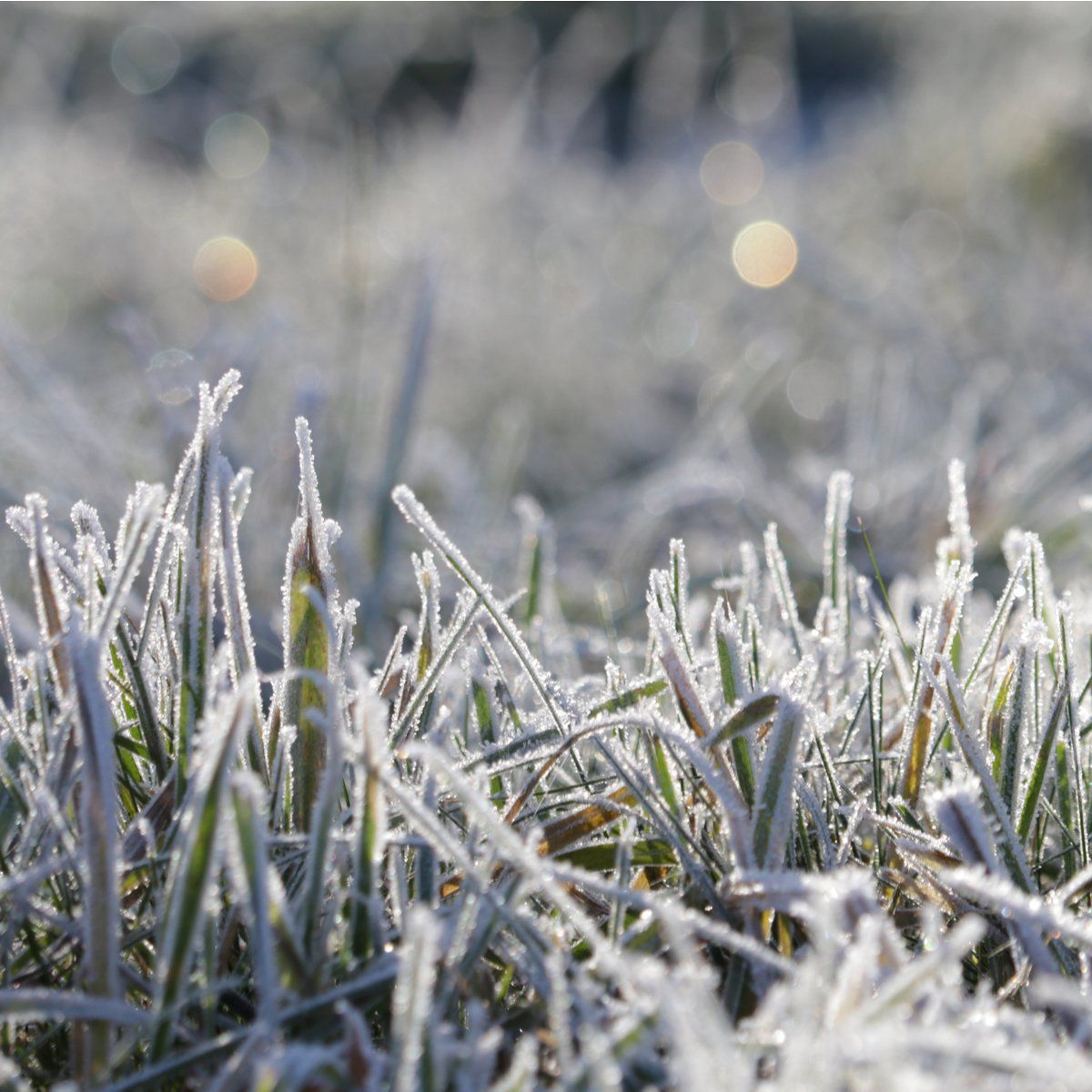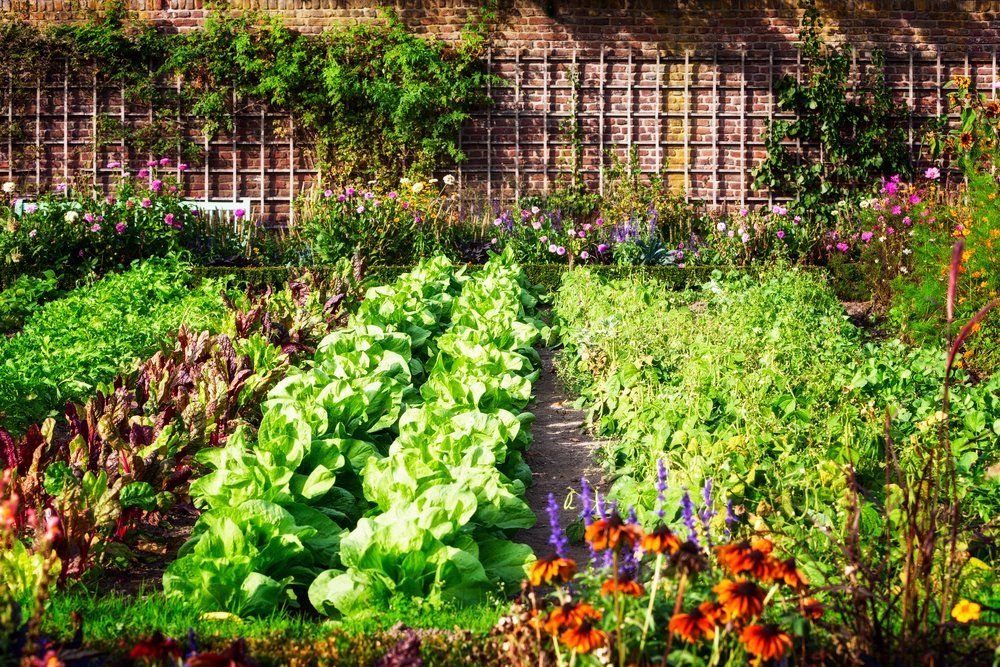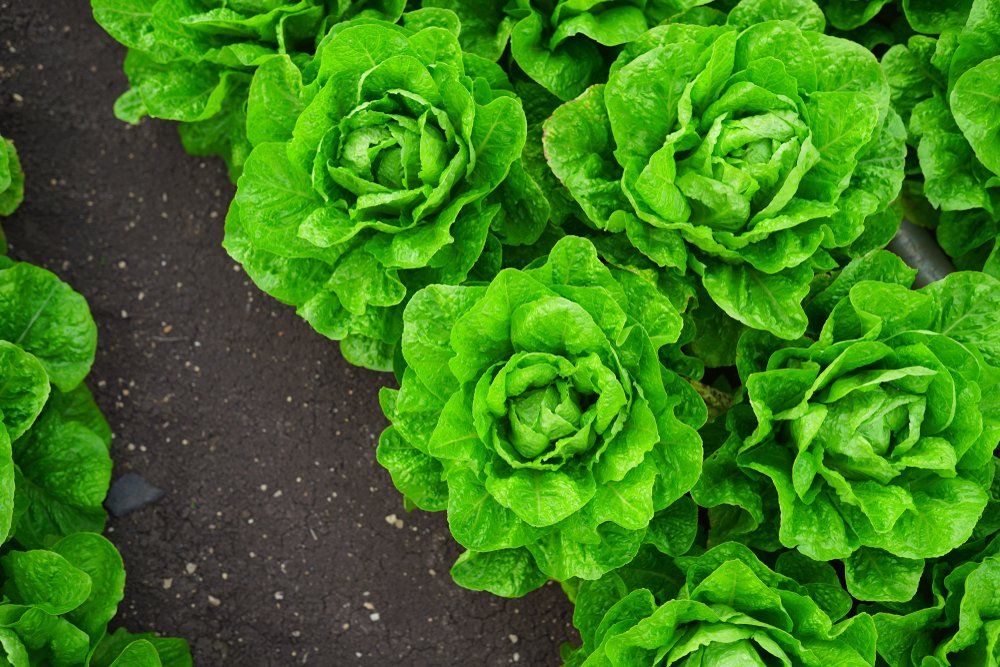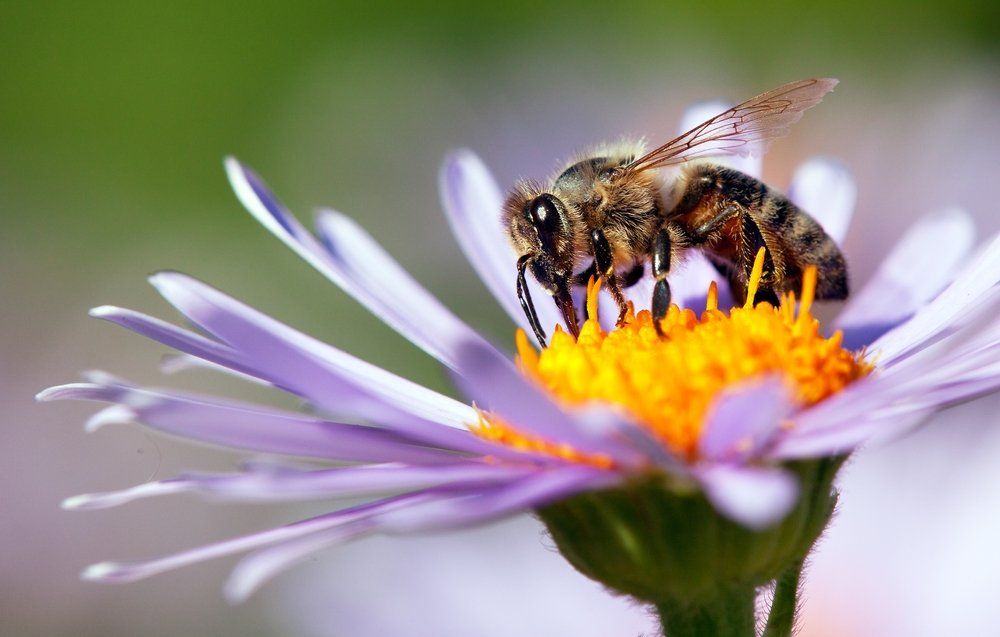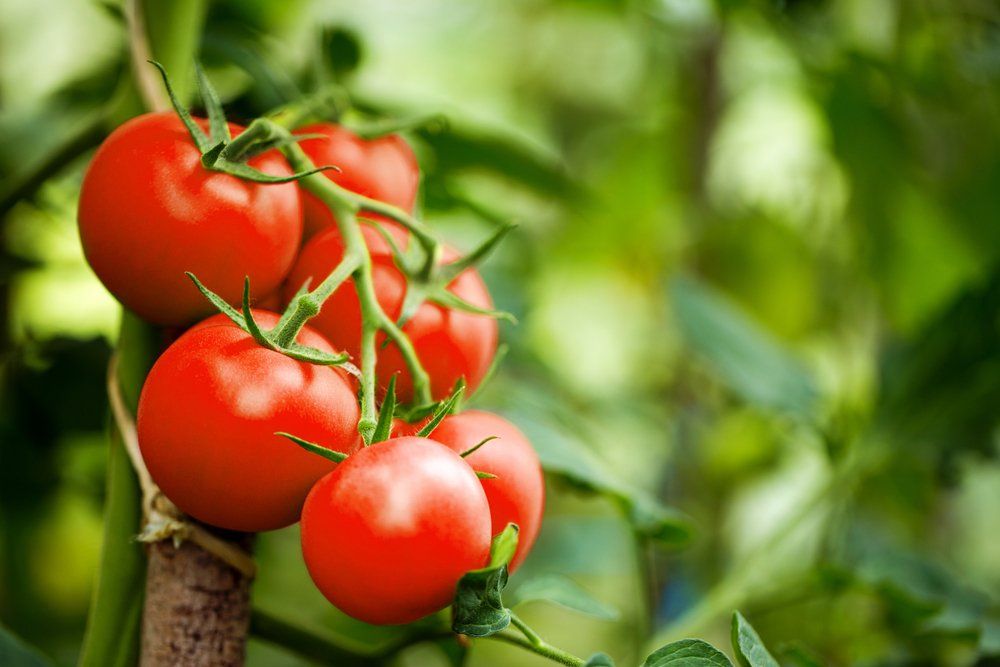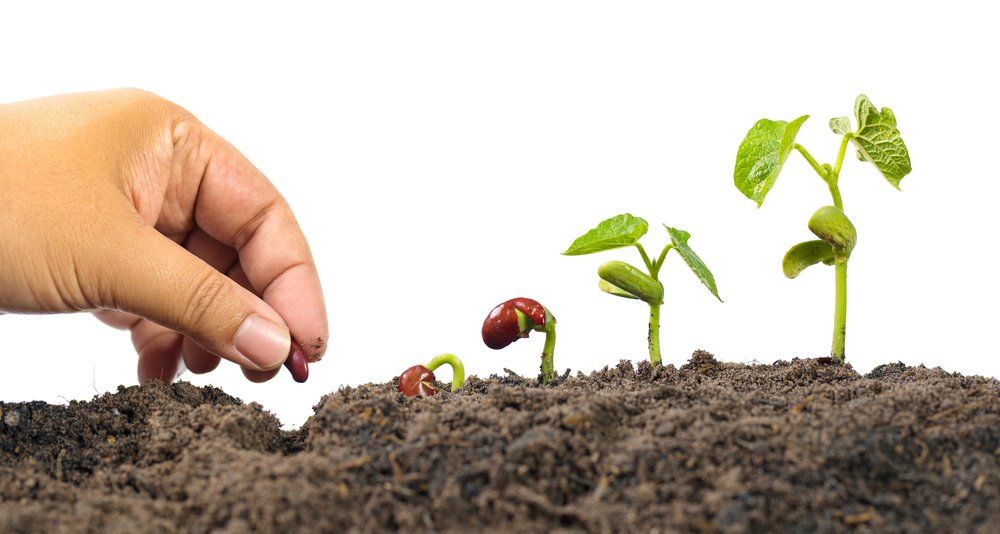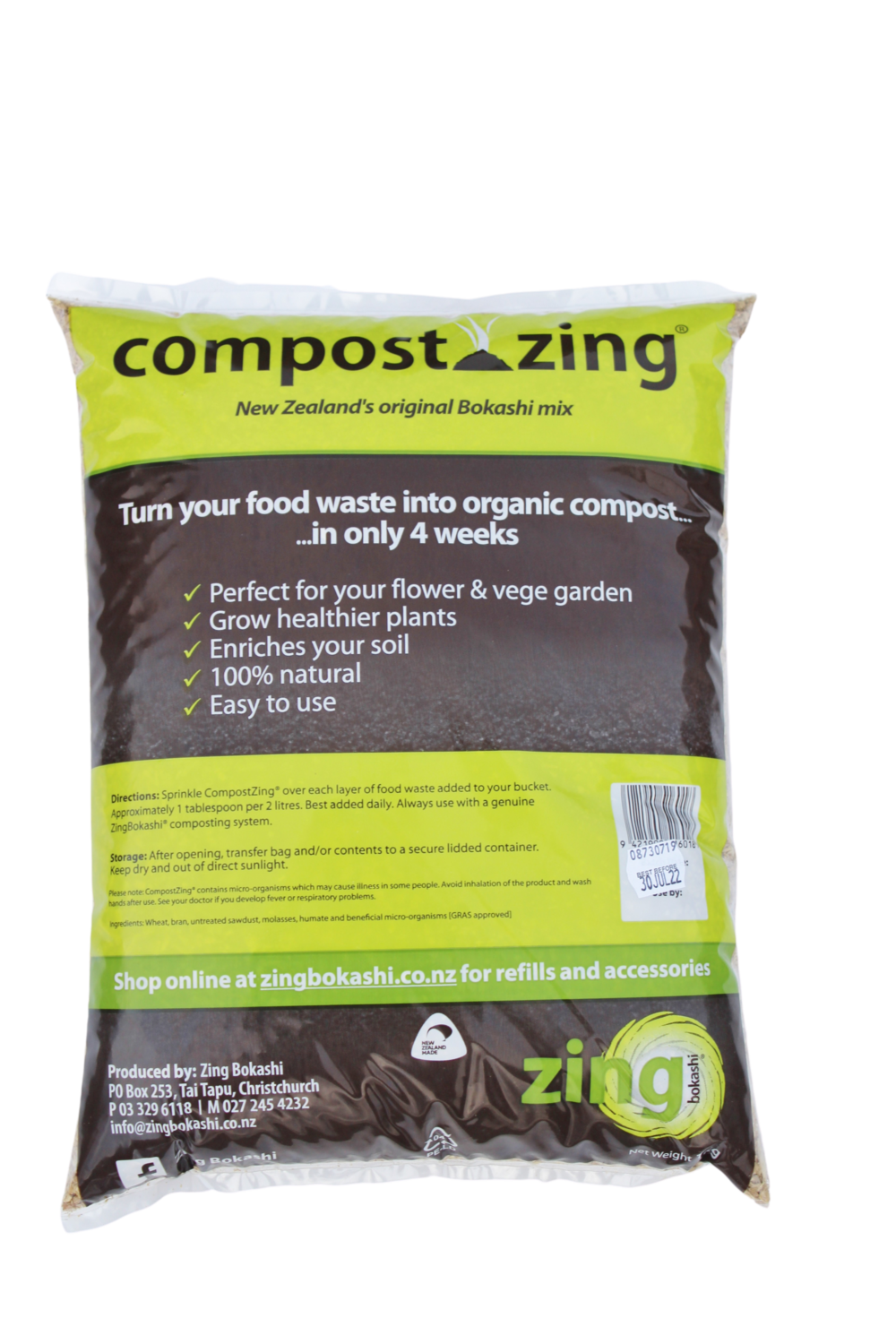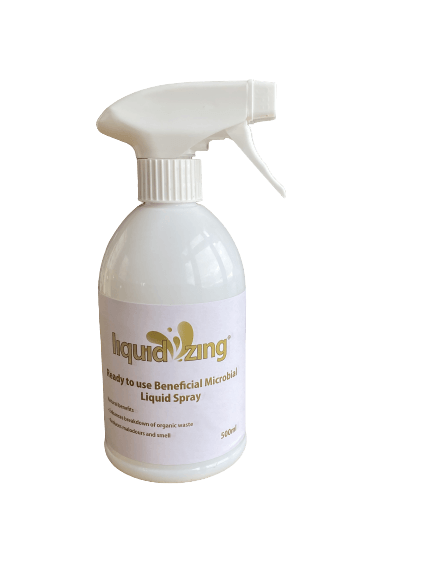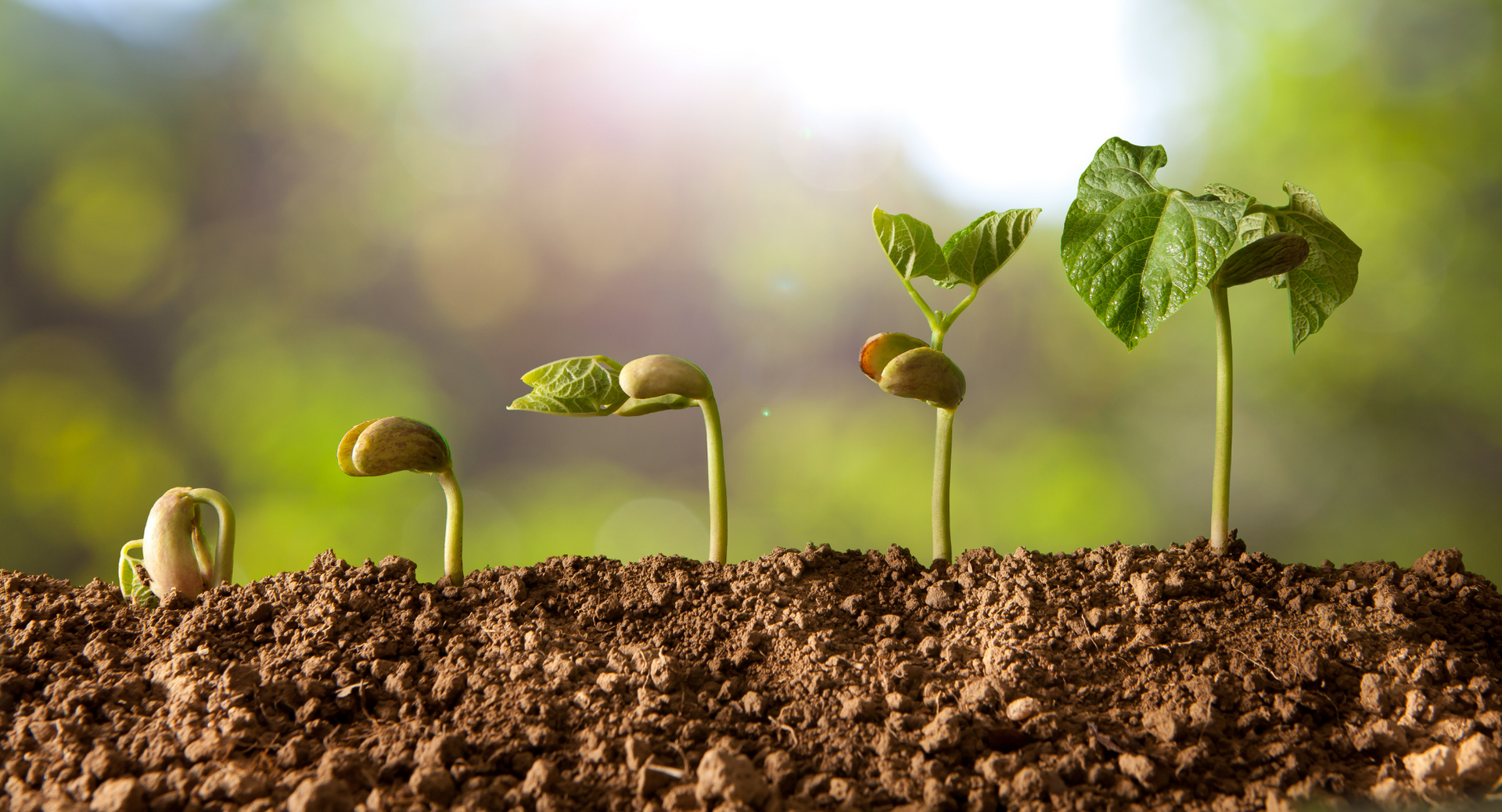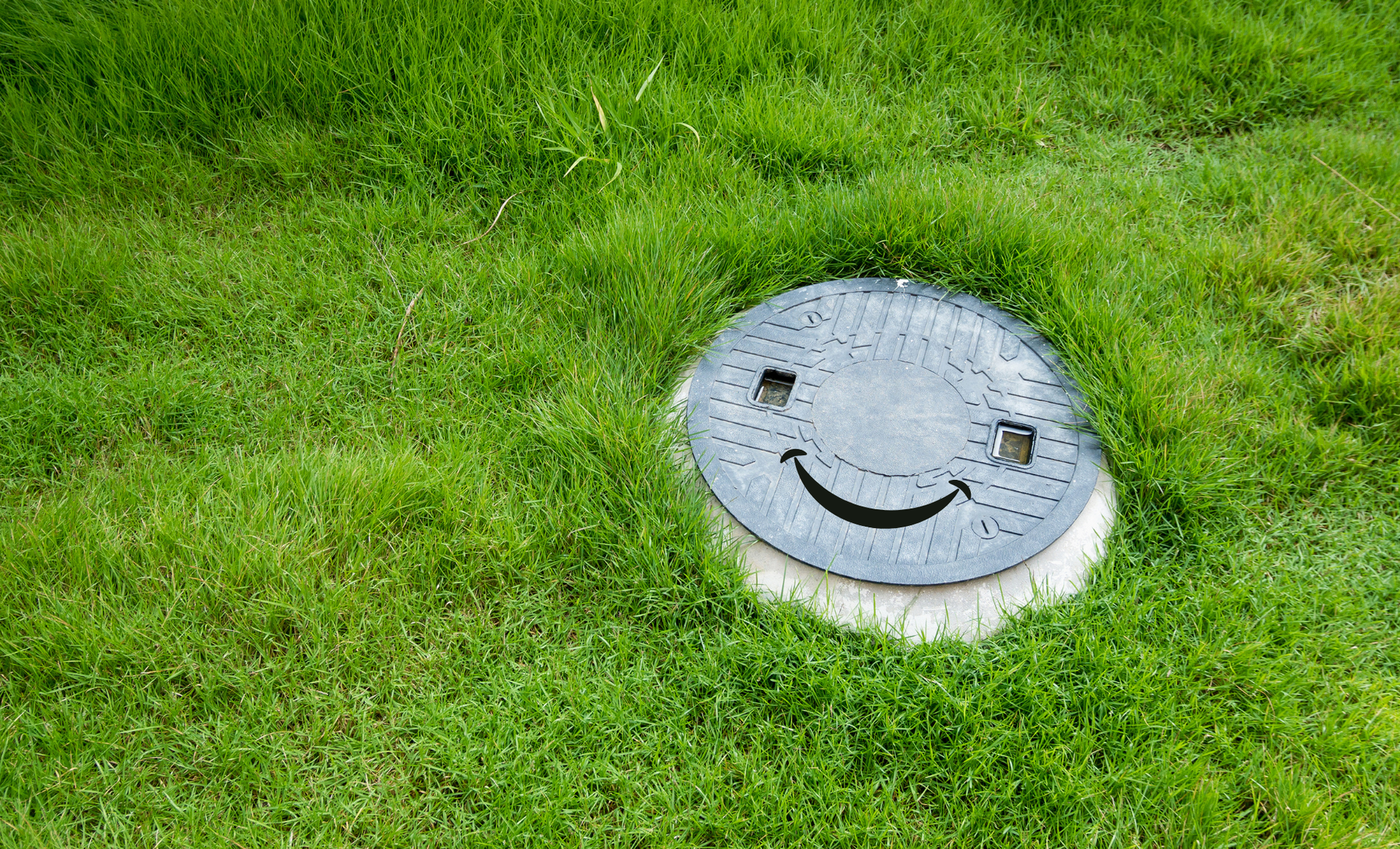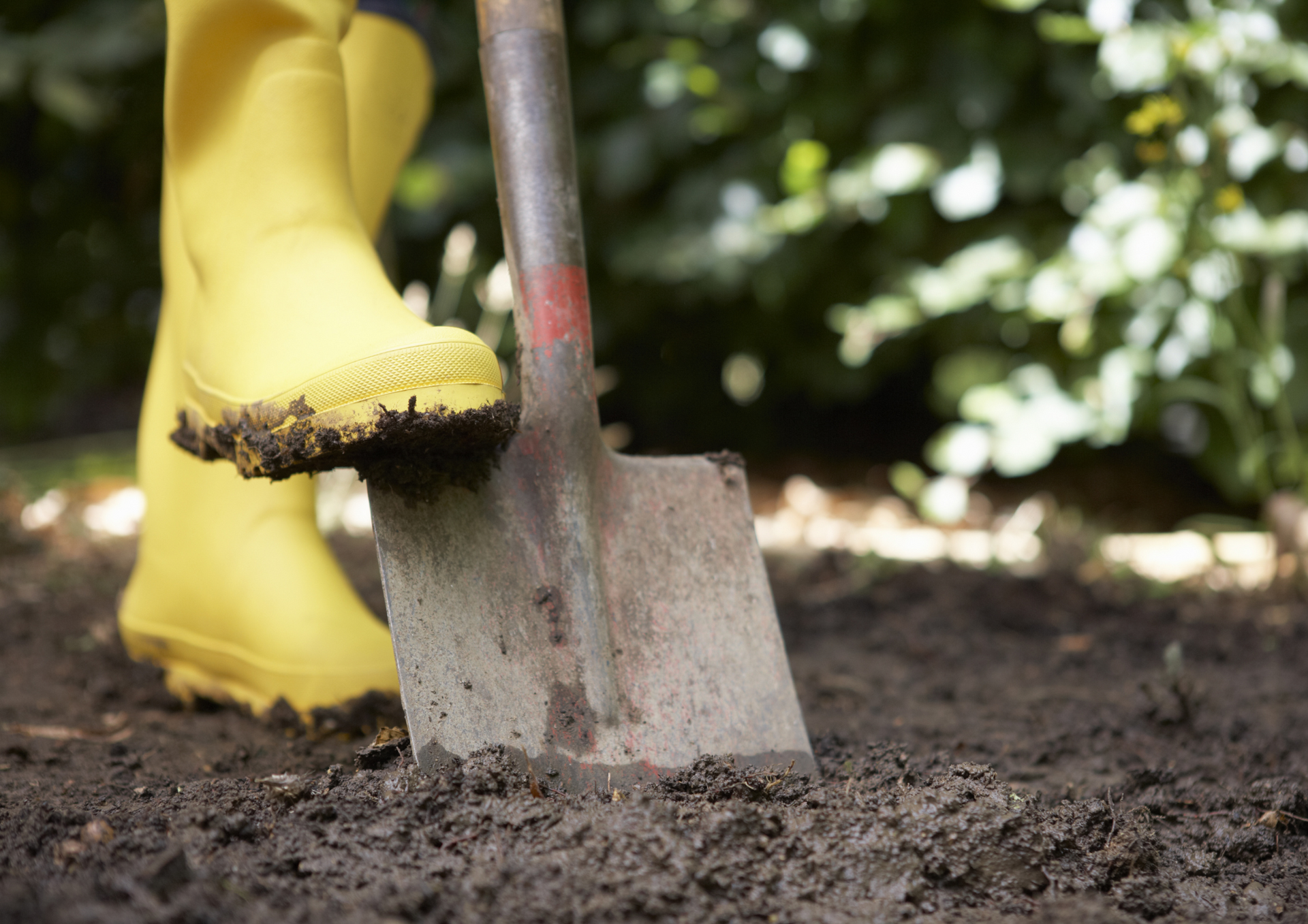What's the difference between Compost Zing and Liquid Zing?
We have had a few customers asking lately about the difference between Compost Zing and Liquid Zing. I personally use Liquid Zing as a complementary product alongside our key product Compost Zing which plays an essential role in creating the best environment for your Zing Bokashi Composting System.
• Reduces compost processing time by up to 50%
• Reuses waste and reduces your environmental impact
• Enriches your soil and supports healthy plant growth
What’s Liquid Zing?
Liquid Zing also contains a mixture of beneficial organisms to help kickstart the fermentation process, however it differs from Compost Zing as it has a much reduced shelf-life of 9 months due to its liquid form, compared with a minimum shelf life of 2 years for Compost Zing.
When should I use it?
Liquid Zing is designed as a complementary product to work alongside Compost Zing. It helps to speed up the fermentation of food waste and reduces any unpleasant odours. I would recommend using Liquid Zing when you have a lot of dried food waste to break down such as bread, pastries, or crackers.
Generally, the fermentation process works best under drier conditions which is why I recommend Liquid Zing as a companion product to Compost Zing, rather than a replacement. Compost Zing is a more versatile product which works well with a wide range of food waste products. Food waste contains around 70% moisture which means that we will usually be dealing with a wet product.
There have been claims made that Liquid Zing can be used as an alternative to bran based Bokashi mixes such as Compost Zing, however based on my 20+ years of experience with Bokashi I would recommend Compost Zing as the main product for our composting system. However, using the two products together can provide an advantage when you have a high percentage of dry foods to add to your compost bucket as mentioned above.
Usage
- When you have a lot of dried food products add a couple of squirts of Liquid Zing to the dry material and then continue with the normal process by adding a layer of Compost Zing between your layers of food waste.
- Spray into your Bokashi bucket after emptying food waste to reduce any odours. Wash your bucket first and then dry before adding a few squirts of Liquid Zing to the inside of your bucket.
- Spray into your rubbish and recycling bins to reduce odours
- Spray on pet bedding to freshen up the bedding and reduce odours
See you next month,
Mr Bokashi
